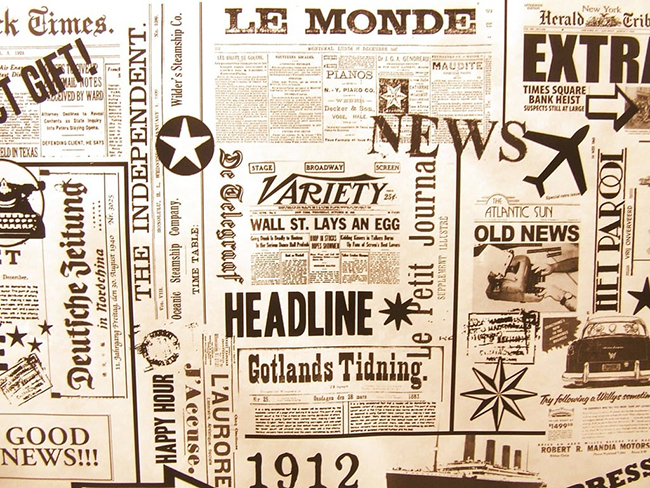Transparency…it’s plain to see
by Mellissa Martinez
During a recent news broadcast, I heard the word ‘transparency’ used 6 times in the course of a 10-minute interview—as an adjective, a verb and a noun. The reporter spoke of a “transparency agenda,” and later his guest suggested that people be more “transparent in their efforts to promote transparency.” Perhaps the only thing that everyone agrees on these days is this word. When a scandal erupts, a politician is provoked, or a leader steps down, there are calls for ‘transparency.’
An investigation into the history of the word uncovers connections to light, invisibility and sudden appearances. ‘Transparent’ comes from the Latin, transparere, meaning ‘show light through.’ This was a combination of trans, ‘through’ and parere, ‘come into sight, appear, bring forth or produce.’ In the early 1600s, the noun ‘transparency’ evolved from the adjective, meaning ‘the condition of being transparent.’
The Latin parere also led to the English words ‘apparent,’ ‘apparently,’ appear’ and ‘apparition,’ which came from ad (‘to’) and parere. If something was ‘apparent,’ it was evident, obvious and visible, while an ‘apparition’ was an unexpected or startling appearance. Other transparent kin include ‘parent’ and ‘partum,’ as in post-partum. Both words come from the form of parere meaning ‘to bring forth.’
Some surprising ‘transparent’ relations are ‘parade’ and ‘viper.’ ‘Parade’ stems from the Latin parare, ‘arrange and prepare,’ a relative of parere, and ‘viper’ comes from the combination of the Latin vivus ‘alive’ and parere. It was once believed that the flesh of the viper possessed great nutritive and restorative properties. In fact, viper wine, a medicated wine made from an extraction of vipers, was used in the 1600s to ‘feel new lust and youthful flames.’
As ‘transparent’ made its way through Medieval Latin and into English, it described things that were invisible or that light could shine through. Photographers used the word for slides and teachers will remember writing on clear plastic sheets, or transparencies, to project an image onto a screen. Today, many of us still use the word to describe clean glass, clear water and gossamer-thin cloth.
When ‘transparent’ is used in a social context, its meaning is the opposite of invisible…in fact, it means visible. Used to describe government organizations, politics or corporations, it refers to accountability—no secrets. So why do we use ‘transparency’ rather than descriptors like ‘visibility,’ or ‘openness’? In the 1990s, as the use of ‘transparency’ grew, New York Times language columnist William Safire commented on why people loved this word. He said that when looking for a universal term to counter Cold War secrecy, ‘openness’ was just not good enough, ‘frankness’ had an aggressive tone, ‘visibility’ was overtaken by the airline industry and ‘scrutability’ didn’t measure up as it was better known by its opposite form, ‘inscrutability.’ He wrote that using transparency felt like “letting in the sunshine.”
Apparently, he was right. People still love this word. There is a place for ‘transparency’ in almost any field. In linguistics, it refers to a visible or obvious connection between a word and its meaning, while computer experts use transparent to describe programing components that are invisible or undetected by the user. Transparency in the media calls for a determination of how information is shared, while social transparency refers to open information for citizens.
It seems that the versatility of meaning—both visible and invisible—is a good thing. Politicians, pundits, teachers, photographers, linguists, computer programmers, reporters, artists and even CEOs like to throw in a little ‘transparency’ when they can. This makes me wonder if the old expression “don’t be so transparent” is on its way out. After all, everybody’s doing it.







0 Comments